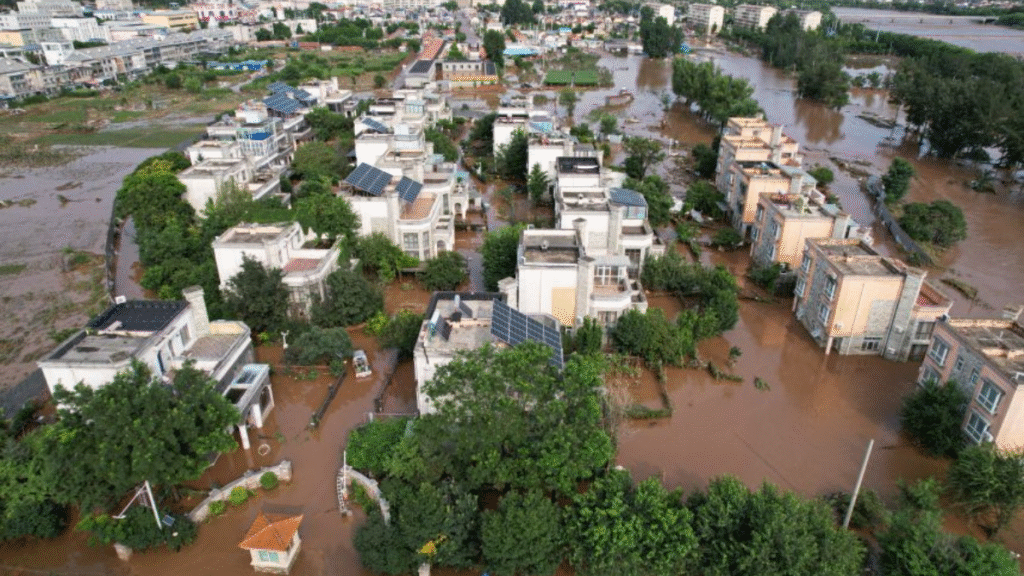
Summary – Severe flooding and landslides in northern China have caused over 30 deaths and large-scale evacuations, raising concerns about climate resilience and regional stability.,
Article –
The recent severe flooding and landslides sweeping through northern China have tragically resulted in over 30 deaths and prompted large-scale evacuations. This disaster highlights critical challenges concerning climate resilience in the region and raises broader concerns about the impact on local and regional stability.
Key Impacts of the Flood Crisis
- Human toll: More than 30 confirmed fatalities have been reported, with many others displaced due to the destruction of homes and infrastructure.
- Environmental consequences: Landslides and flooding have damaged ecosystems, agricultural lands, and disrupted water management systems.
- Displacement and evacuation: Thousands of residents have been evacuated as a precaution to ensure safety and aid rescue operations.
Underlying Issues and Concerns
- Climate resilience: The disaster underscores the growing vulnerability of northern China to extreme weather events, aggravated by climate change.
- Infrastructure readiness: Questions have arisen about the ability of existing infrastructure to withstand severe natural events.
- Regional stability: Such crises can strain local resources and have wider socioeconomic impacts on the affected communities and provinces.
Authorities and experts emphasize the importance of improving early warning systems, investing in climate-adaptive infrastructure, and coordinating disaster response to mitigate future risks associated with increasingly frequent extreme weather events.

